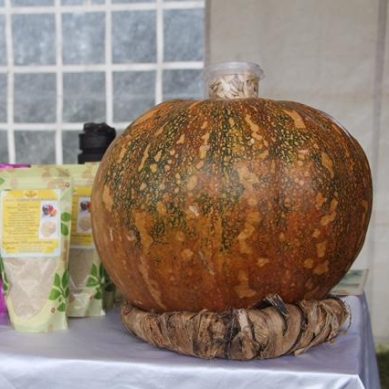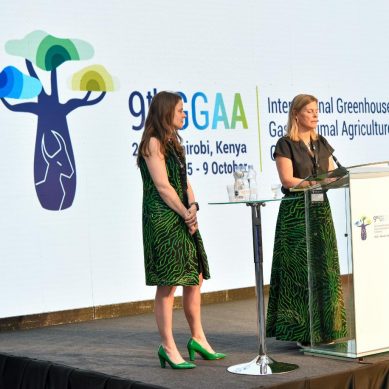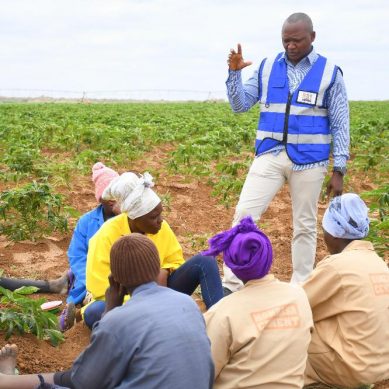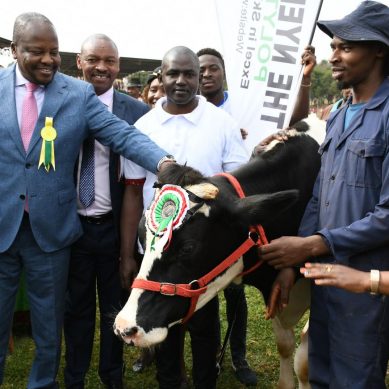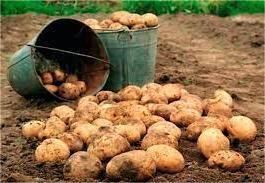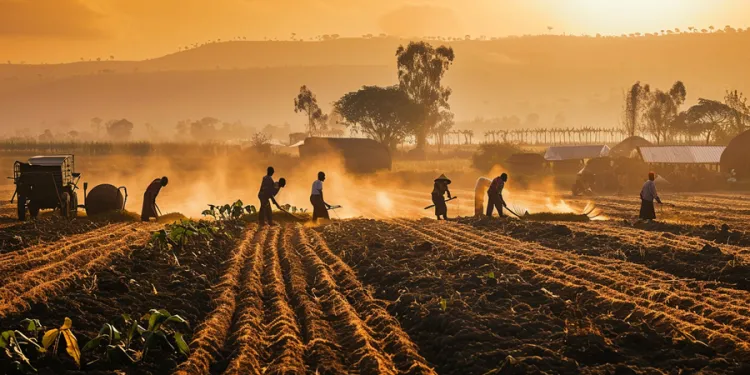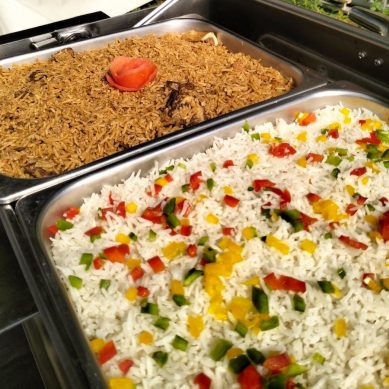Standard Group science journalist Rosa Agutu bags 2025 biotechnology media award
The authority will continue to deepen partnerships for media training on biosafety fundamentals so reporters can confidently translate complexity for the public
Exhibitors at indigenous seeds fair in Nanyuki question Kenya’s discriminatory seeds law
The case was filed in 2022 by 15 small-scale farmers who argue that the Seed and Plant Variety Act of 2012 and the Seed Regulations of 2016 were undermining local farmers on indigenous seeds and cultural practices matters.
Nairobi hosts 500 world leading livestock scientists for Greenhouse Gas and Animal Agriculture Conference
Kenya is actively working to reduce these emissions by implementing climate-smart agricultural practices and improving livestock productivity to align with its low-carbon development goals. Strategies include enhancing feed efficiency, optimising feed formulation, better manure management, and improving rangeland management in fragile ecosystems.
Kenya unveils plans to put 20,000 acres under crop to ramp up food production in arid and semi-arid regions
One of the beneficiaries of the project Zawadi Wario, who is on her fourth month since she started working on the project expressed gratitude for the initiative by the government and private partners in creating job opportunities for the locals.
Kenya to restock national strategic food reserve as the country prepares to harvest 70m bags of maize
On the multibillion horticulture and fresh produce sector, Agriculture cabinet secretary Mutahi Kagwe said that his ministry is enhancing compliance with European Union requirements on the zero-tolerance policy on false coddling moth by implementing stringent pest management measures for exports.
Why enterprising farmers in Tinderet in Kenya’s Rift Valley are dumping maize for Irish potatoes
The crop’s popularity is also driven by its resilience. Farmers like Samuel Kiprotich in Chebarus village praise potatoes for performing well even with erratic rainfall.
Africa, with a third a third of world’ arable land, seeks answers to food insecurity in quality fertiliser and soil health
Larry Umunna, executive director of CIFSH, focused on revitalising institutions and building local ownership. “Our coalition is focused on reviving the African centre for fertiliser development and promoting the Africa fertiliser and soil health action plan at both country and regional levels.
Minister: Kenya on verge acute rice shortage after court blocked importation of 500,000 tonnes
The cabinet secretary warned that the current retail price of Grade One milled white rice has already surged to between Ksh190 and Ksh220 per kilogramme, a steep rise from last year’s duty-free period average of Ksh150 per kilogramme.
Kenya ploughs billions of dollars in Galana-Kulalu irrigation scheme to bolster food production
Spanning 1.5 million acres across Kilifi and Tana River counties, the project is set to transform the country’s agricultural landscape, boosting food production, creating jobs, improving livelihoods and fuelling agro-based industries with a steady supply of raw materials.
Farmers in irrigation schemes in Turkana support adoption of contract farming model
Chief Officer for Agriculture and Land Reclamation David Maraka emphasised that contract farming has strong potential to revolutionise agriculture in Turkana by linking farmers to reliable markets, enhancing productivity, and improving food security.
- 1
- 2





